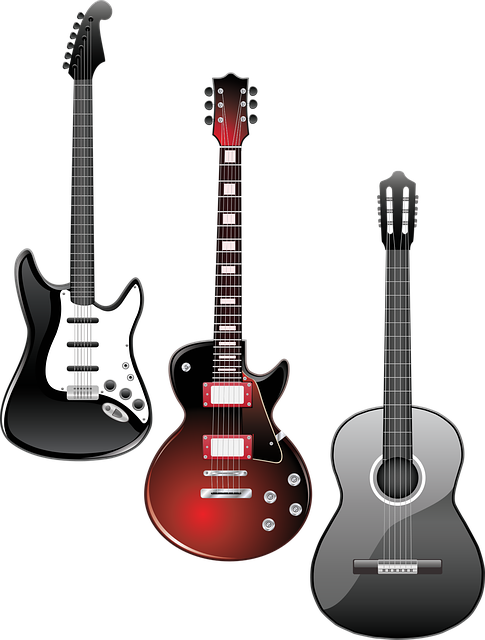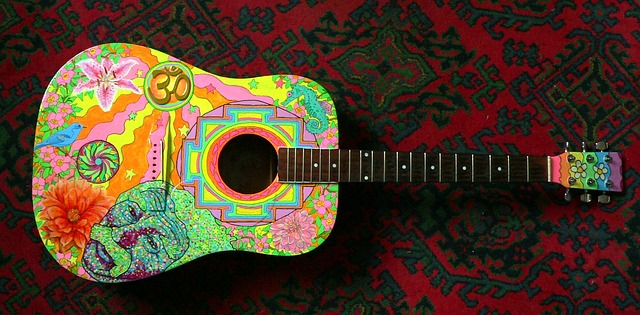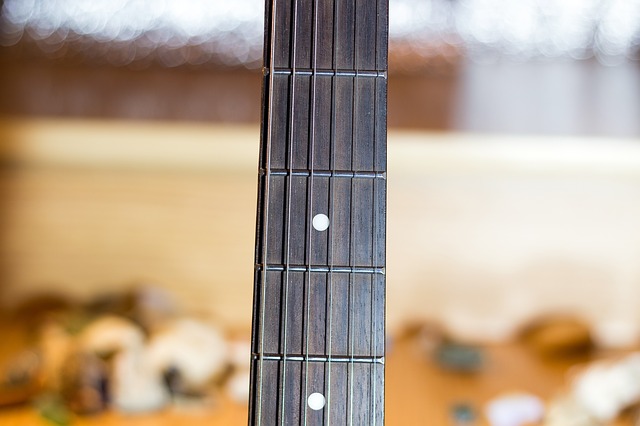How To Shop For A Guitar
Shopping for a guitar does not have to be daunting, although it can be if you are not prepared.
Before you go shopping for a guitar, know the type of music that you are going to be playing most often. Know your budget, check the action, check the intonation, check how the frets feel (no sharp edges), observe the quality of the materials used, listen for fret buzz, look for blemishes, be aware of the reputation of the maker, and do comparative shopping.
That sounds like a lot, and it is……but it’s not rocket science, and the merchant will be more than willing to answer your questions. Questions like, “Is the intonation good on this guitar?” “How do you know that?” “How do you check the intonation?” “How much does a set up cost?” There are other key questions to ask as well.

Things To Look For When Shopping For A Guitar
Style of the Guitar. Classical, Electric, or Folk
Size and weight
Aesthetics
Intonation
Action and Fret Buzz
Feel of the Neck
General Quality
Bang For the Buck
What Does It Sound Like
Style of The Guitar
The style of the guitar is important. There are 3 main “types” of guitars. One of those types is a Classical guitar which is used for, obviously classical guitar playing, but also flamenco.
Another type of guitar is the electric guitar. This is used for blues, rock-n-roll, and heavy metal.
The 3rd type of guitar is the acoustic guitar, which is sometimes called a “folk” guitar. This is the type of guitar which is often preferred by song writers and vocalists. It is often used as a rhythm accompaniment, but is not necessarily restricted to that. Look at bluegrass players.
Even though each “type of guitar” is more often than not used in one of the music styles listed above, any of the guitar types can be used to play any style of music. The type of guitar does not dictate the style of music you have to play.

Size and Weight
Some guitars weigh a bunch! They are heavy. That is something to consider, particularly if you have aspirations to be a performer and will be standing up carrying that load on your shoulders. Even sitting at home, the weight might be an issue as the guitar rests on your leg.
The general bulk of the guitar is important as well. If you are a small person, a full bodied guitar might make it physically difficult for you to play. There is a guitar for you regardless of your size.
So, consider the size and weight of the guitar when you go shopping.

Aesthetics
Although the sound and feel of the guitar should be your primary concern, how the guitar “looks” plays a role as well. Sort of an extension of your personality.
A pink guitar might fit your personality, or a psychedelic print pattern might be your thing. Skulls, dragons, or just plain wood grain. It’s worth taking time to consider the aesthetics as part of your purchase decision. Even so, don’t trade off quality in terms of sound and feel for the aesthetics of how the guitar looks.
Intonation
Intonation is very important! Actually critical because it determines whether your guitar can be tuned. If your intonation is off…..your guitar will never be in tune.
Intonation has to deal with the length of the string from the nut to the bridge being an accurate measurement. Electric guitars have adjustable saddles which allow you to increase or decrease the length of the string so that the intonation is exact. Acoustic guitars, and less quality electric guitars, do not have moveable saddles. In other words, what you have is what you have.
If you do not know how to check your intonation, have someone you know, or some one at the shop check it for you and explain to you what they are doing. A quick check is to play a harmonic on the 12th fret, follow that with sounding a fretted note at the same fret. The pitch of the harmonic and the pitch of the fretted note should be exactly the same. If the 2 pitches are not the same, then your intonation is off.
As I mentioned, on an electric guitar this can be corrected. Ask the shop owner how much a set up will cost to get the action and the intonation set up perfect.

Action and Fret Buzz.
Action is the distance it takes for you to push the string down so that your finger connects with the fingerboard. In other words, how far do you have to push the string down before you can play the note.
There is a trade off here. The lower your action, the more potential there is that you will experience fret buzz. Fret buzz happens when the action is low and the string is actually touching a fret, or is bouncing off and on a fret after a note has been sounded. This doesn’t necessarily happen across the whole neck. The fret buzz can be localized.
For example, you might get clean notes on the 2nd string all the way from playing notes on the 1st fret to the 12th fret….but at the 13th fret you start getting a buzz.
Another scenario would be where all the notes sound clean until you bend a note.
Fret buzz and action can be adjusted, or rather fixed. That being the case, you want to see what you have before you buy. So, play every note on the guitar. Check the notes again while bending the strings, particularly on the 1st, 2nd, and 3rd string.
If you find a buzz, tell the shop owner about it and tell them you want to have that fixed before you make a purchase.
Feel Of The Neck
Guitar necks can have a different feel as you move from model to model, or from brand to brand.
Some necks are wider, which is good if you have big hands. Some fret boards will feel flatter.
The shape of the back of the neck can vary. Some will be thicker, or rounder, or V-shaped.
If you are new to playing guitar, you might not know what you want from the feel of the neck. If that is your situation, then go with one that fits your hand. Small hands small neck, and so on.
General Quality
Checking the quality of the guitar is one part intuitive, and one part research.
Start with the research part. Do a Google Search and find out what the general market price is for the guitar that you are looking at. Look at reviews and get a general idea of the value of the guitar as it compares to the whole spectrum of guitars available.
Is it considered an expensive guitar, is it considered a high quality guitar, is it considered a professional guitar, and so on.
When you are actually holding the guitar, look at the craftsmanship and the quality of the materials that were used to make it. Is it a rare wood, or is it plywood (acoustic). Are the machine heads made of plastic or metal. Are there any blemishes on the guitar. Is it rusted? Are the frets worn?

Bang For The Buck
Basically, are you getting a good deal? Here you have to decide what is it worth to you. That is “the question”. It might be more important to you to have a specific guitar than it is to someone else. If it has the right sound, right feel, and right look….than you might be willing to drop the extra dollars.
However, it doesn’t hurt to ask for the shop to lower the price. It doesn’t mean that they will give it you, but then again they might.
The internet now makes it easy for you to find out if the shop has a guitar over or under priced.
What Does It Sound Like
A good way to help you decide which guitar is best for you is to look for a guitar that your favorite guitarist plays.
Since you like the way their guitar sounds, why not try to get a similar one. One thing you have to keep in mind is that the guitar is only part of the equation. The strings, the pick, the player, and in the case of an electric guitar…..the cable, the amp, the effects, and the room all have an effect on the sound.
I know that is a lot, but if at least you can start with a similar guitar….your in the same ballpark. JS
